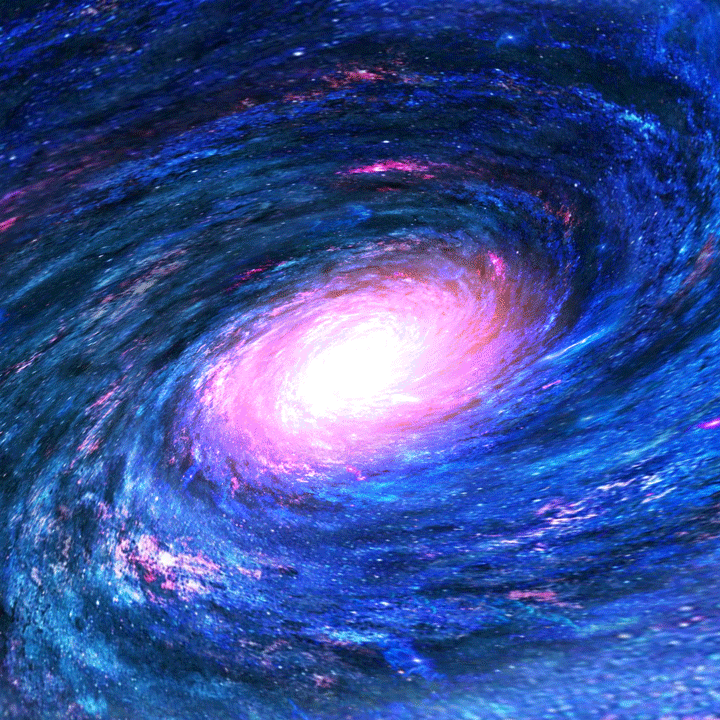A novel optical physics method to measure the expansion of the universe.
Quasars are extraordinarily distant celestial objects that throw off a massive amount of light.
The following written content by Morgan Sherburne, University of Michigan
Quasars are extraordinarily distant celestial objects that throw off a massive amount of light, and astrophysicists use them to probe cosmological theories.

In some cases, astrophysicists have used them to estimate the rate at which the universe expands, called the Hubble constant.
Now, a team of researchers from the University of Michigan and the University of Hawaii’s Institute of Astronomy are suggesting a new way to use them to measure the expansion of the universe directly. They propose a method called intensity correlation speckles to measure the difference between the redshift—in which light stretches as it travels through an expanding universe, causing its wavelength to elongate—in two paths of light from the same quasar. The team’s method was published in the journal Physical Review A.
When a massive galaxy cluster lies between Earth and a given quasar, light from the same quasar can travel directly to us or bend around the galaxy cluster because of the effect of the cluster’s gravity. Light that bends around clusters can arrive up to 100 years after light that travels to Earth in a straight line. This can cause a quasar to become what’s called strongly lensed: To our eyes, what looks like four quasars is actually one quasar whose light is refracted to us by the foreground galaxy clusters’ gravitational pull.
Theoretically, physicists could measure the redshift of the light that travels in a curved path to Earth from a single quasar and compare it to the redshift of the light that travels to Earth along a different path. However, although time delay has been determined for a small number of quasars by measuring the time variation in their colors, directly measuring the tiny redshift between the two paths, corresponding to a small expansion of the universe during a decade or so, has not been possible so far.

“The redshift of these different images are delayed, and in that delay, the universe has expanded. Measuring this can’t be done with ordinary spectrographs, where you measure the wavelength of the light very accurately for two closely spaced lines. The reason that can’t be done is because the light source contains all sorts of atoms that are moving randomly and emitting radiation that is Doppler shifted,” said U-M physicist Gregory Tarlé. Read more from Phys.org.





